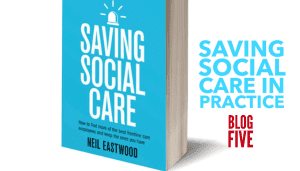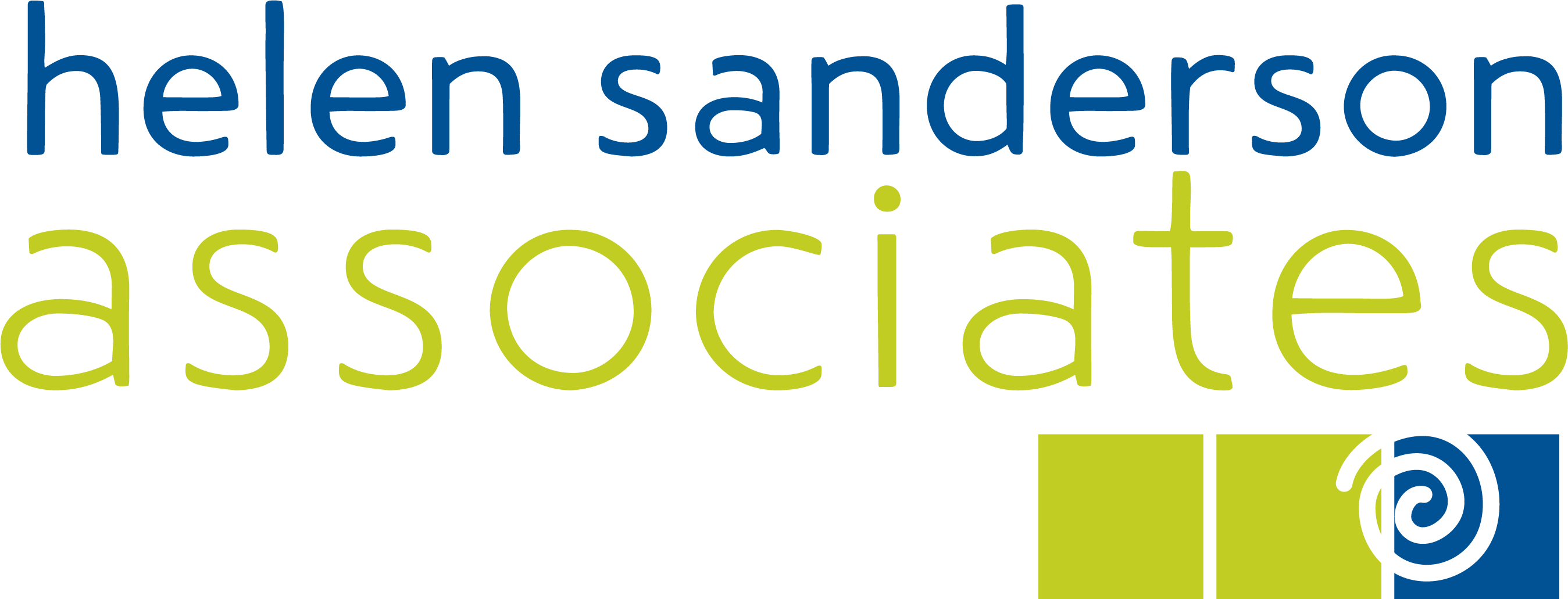Recruitment: what should we measure?
By Helen Sanderson

Yesterday three excellent candidates accepted the roles of Community Circle Connector and Practice Coach. The recruitment workshop was a powerful experience. People left wanting to keep in touch with each other, talking about what it was like to be with people passionate about care, and thanking us for the experience.
If it sounds more like team building than recruitment, it certainly felt that way. But we all know that good feelings after training or a conference is not a sufficient way to measure success. In this blog, Neil helps answer the question what should we be measuring and why. Over to Neil.
Recruitment pipeline measurement – and analysis –is much less common in social care than you might think, and that is a problem. Many care recruiters simply work to fill the next induction training course and the impact of all their effort – who stays and who leaves and the quality of the care delivered – is never considered. I don’t think that is an issue you have, but setting up a method of capturing key performance data now will be invaluable in the future as you grow.
Knowing how well your recruitment infrastructure is performing holds the key to improving and honing the way you find every new member of Wellbeing Teams.
Let’s start with the basics:
Recruitment sources
The source of every applicant should be captured. Sounds easy but there are some complexities. For example, an applicant coming via your website was directed there by some other stimulus. That’s really what we want to know. What drove the initial interest and approach. Was it a redirect from an internet job board, or a word of mouth referral? So, asking website applicants how they heard of you is also important. All advertisers (and that’s what we are in this case) face a further challenge. Which and how many triggers or contacts contributed to an eventual application? For example, an eventual applicant via your website might have seen several Facebook posts, looked at your website and finally met a Team Member at an outreach event. I would ask applicants (certainly at interview) what touch-points with the organisation they can recall.
Recruitment efficiency
As you already highlighted Helen, the responsiveness of your organisation to job enquiries is now a real differentiator. We need to measure the time from initial enquiry to response and the time to job offer or rejection. Then time from offer to commencing work. That last one can be much longer than you think!
The rise of Applicant Tracking Systems
More and more of my clients are evaluating, or have taken on, an Applicant Tracking System. These are online tools that help recruiters organize and process applicants efficiently. They can be very helpful for volume recruitment, and provide a lot of the key recruitment statistics we need, but there are over 150 available and careful selection is important. You probably don’t need to invest in one yet.
Excel would work fine for you right now. You can record each applicant and how they heard of you and how far they progressed by recruitment stage and date. A separate summary sheet can list each source and how many made it to each stage through to completing the Care Certificate and up to 12 months of employment.
The first sheet would record the applicant name, date, primary source and any secondary source or influencer including a referrer for example and the job role, area, date responded, outcome and so on through the recruitment stages and even flagging that they reached 3 months and 12 months of employment. You could use colours and also use a campaign code so this can be tallied with any advertising cost.
A second sheet could pull key data from this primary sheet to produce a count and percentage success rate by source by month, for example Facebook delivered 20 applications, with 8 invited to a workshop, 7 attending and so on.
Job Tenure/Performance
Returning to important stats to capture, one of the most valuable of all is understanding which sources of staff deliver the longest tenure and highest performing employees. Of course, with a new operation this takes time to emerge, but tracking staff loss, with the reason why together with the original source is. Based on all the data I have collated from hundreds of clients, I am prepared to take a bet on what those sources will be, but Wellbeing Teams are something new. This could challenge my assumptions and will really add some value into our thinking on this topic.
Other measures
In Saving Social Care I share quite a number of other key performance indicators, such as interview show-up rate, and each of these can be studied and improved.
Even though electronic notice boards can create a lot of volume of applications they do not get turned into new colleagues. The danger of ‘vanity metrics’ that make volume look good at the beginning.
Benchmarks – how do we know what ‘good’ is?
It’s all very well monitoring how we are doing but what does ‘good’ look like? You can measure against previous performance or an external benchmark. For example, some providers share their percentage applicant to hire rate with me and want to know how they are doing. This figure doesn’t tell us enough on its own. You could be hiring less than 1% of applicants and be doing really well because you are effectively screening out from poor sources of staff. Or, your candidate experience could completely suck and you are leaking great applicants. We need to look at the bigger picture. For now, I think let’s start measuring without reference to typical care recruitment operations.
Neil made me think again about the whole ‘customer experience’ in relation to recruitment. I see lots of articles about how important it is that we recruit new people into the sector, and yet when I was looking at some adverts from other organisations, you still see at the end,
‘If you have not heard from us within 10 days your application has been unsuccessful.’
We need to measure both the metrics – the measures – that Neil suggests here, and the customer experience. Did our values show up in the recruitment process? What was your experience from hearing about the role onwards, and how can we keep improving?
Neil agreed. Absolutely! Hearing the voice of the applicant – or ‘just-hired’ employee is so valuable. It’s rare for applicants to be asked about their experience even though in almoste every other sphere as ‘customers’ we are prompted to leave feedback.
I have asked thre three successful candidates to write about their experience, and I hope to share that as a blog soon. I will also be contacting the other candidates next week to see what we can learn from them about how to improve the recruitment experience. So much to learn!
